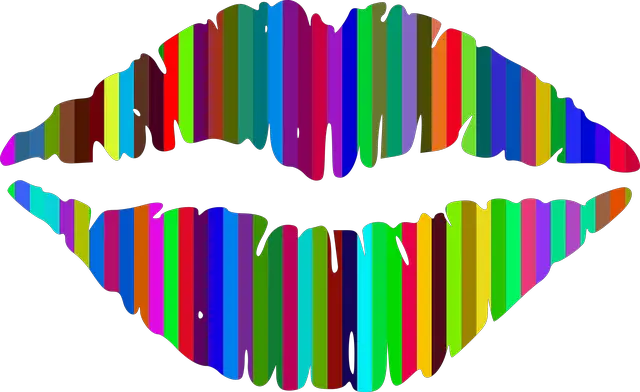As if the almost 7000 languages (the number does really depend on whom you ask) already existing on the planet didn’t present enough of a challenge, mankind has been artificially constructing languages for centuries. The first instance of a language created from scratch seems to originate from a twelfth-century German saint. Although, back then, made-up languages had a more religious and mystical touch to them, and were generally not considered “constructed”. Today, there is even a Language Creation Society which serves to unite people interested in invented languages.
Of course, in a sense, all languages are constructed by humans through the natural process of speaking, writing, and generally communicating through them. But today, we are instead focussing on those languages that have been consciously created by one person or a small group.
Table of Contents
5. Newspeak
Newspeak is the fictional language created by the Party in George Orwell’s novel 1984. Although the language itself is heavily based on English, it contains features to limit freedom of thought in Orwell’s dystopian reality. To that extent, the Party sought to cut language down to the bare essentials in order to eliminate nuance from language and, through that, the way thoughts are expressed.
Newspeak itself is characterised by a continuously diminishing vocabulary to reflect the “reality” the Party is trying to present. So, words, phrases, and ideas can become entirely extinct with one decree, synonyms and antonyms are removed from language. So, bad becomes extinct (until the Party decrees otherwise), and ungood is taken into use. To express different levels of good, words like gooder and goodest are used. At the same time, words such as great and excellent lose their meaning and are replaced by adding affixes such as plusgood and doubleplusgood. In addition, Newspeak borrows from Russian to create some of its more memorable terms – kolkhoz, Komsomol, and politburo all come from Russian and have a meaning similar to terms used in the USSR.
4. Simlish
The Sims game franchise started in 2000 and has since blossomed into one of the most popular game series of all time. To create a dialogue for his to-be gaming hit, Will Wright at first experimented with the Navajo and Estonian languages but found that even with these obscure tongues, players would soon get tired of hearing repetitive bits of dialogue.
And so, Simlish was born. Unlike other languages on this list, Simlish is a purely “nonsense” language, made up of gibberish. It first came to life as a result of improvisation by voice actors but has since then gathered a lot of online fans.
3. Quenya
Quenya happens to be the most known of the languages J.R.R. Tolkien created for his Middle-earth series. Before becoming a wildly successful fantasy writer, Tolkien actually trained as a philologist. Creating languages was a passion that followed him throughout his life.
Quenya is the name for his Elven tongue that he started creating at 1910, although the name did not follow until five years later. This fictional language is based heavily on Finnish, although it also shares features with Greek, Latin, and Germanic languages. What makes this language so fascinating is the rich historical and cultural background Tolkien created for its speakers. He imagined Quenya to be a real living language that changes and evolved over time to reflect the environment where it’s used.
2. Klingon
Klingon might be the language with the single biggest cult following on this list. Originating from the Star Trek TV series, Klingon has reached such a level of fandom that you can soon start taking a free Klingon course on the language learning app Duolingo. Naturally, you can also read Shakespeare’s Hamlet in Klingon.
Although it has a strong cult following, there are relatively few fluent speakers of Klingon. Due to its alien origin, the language sometimes lacks terms for earthly objects which can cause issues in the everyday life. Additionally, since it was specifically created to sound alien, it has features seldom found in real languages. Klingon was developed into a fully functional language by Marc Okrand – an American linguist – but first created for the show as a cooperation between actor James Doohan, who played Scotty, and the show’s producer.
1. Esperanto
Esperanto is, without a doubt, the most useful of all constructed languages, and the most widely spoken – it is thought to have around two million speakers worldwide. The language was created by a Polish-Jewish doctor in the late 19th century as a means of providing an artificial language which can be learned with ease and serve as a means of bringing together people from different cultures.
Today, Esperanto can be seen as an alternative means of international communication, free from the political and historical implications that using any natural language come with. Despite these goals, the vocabulary, orthography, semantics, and phonology of Esperanto all have European origins, drawing inspiration from Romance, Germanic, and Slavic languages. It has an official Wikipedia with over 230,000 articles and can be learned in various language schools. But, in order to compete with the international reach of English which has nearly 950 million speakers, Esperanto still has some way to go.

